End of the Lion: The rise and fall of Holden
It was a brand synonymous with Australia, but more than 70 years after the first Holden rolled off the production line it will cease to exist by the end of this year. Here’s how it went from thriving to failure.
Motoring
Don't miss out on the headlines from Motoring. Followed categories will be added to My News.
From the moment then Prime Minister Ben Chifley declared “she’s a beauty” as the first Holden rolled off the production line, Australians fell in love with ‘our’ first car.
It was 1948 and manufacturing in Australia was winding up following the end of World War II.
It didn’t matter that Holden was owned by American giant General Motors; Australians finally had a car that was conceived and created here.
The Holden story began almost 100 years earlier with a different type of horsepower.
In 1856 English migrant James Alexander Holden and his brother Edward started J.A. Holden & Co, a saddlery in Adelaide.
They made saddles and other leather products and during World War I even supplied munitions to the Australian Government.
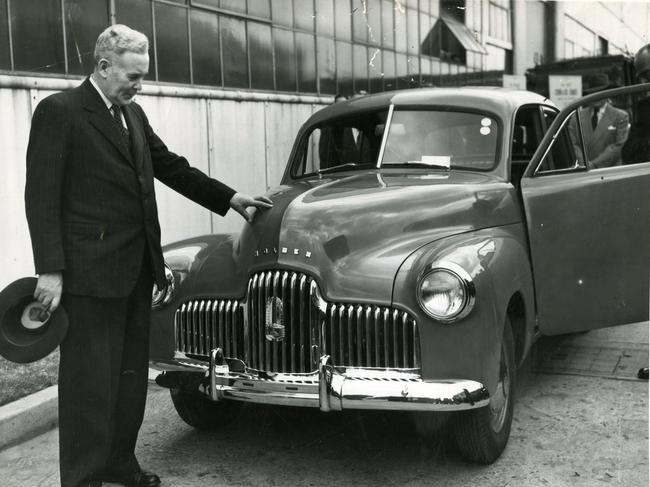
In 1919 the original company morphed into the Holden Motor Body Builders to better reflect its new business of assembling imported cars locally.
It caught the attention of General Motors, which bought HMBB in 1931, setting in train what led to the big post-war investment known as the 48-215, or FX Holden.
The FX was front page news and Holden dealerships were packed with eager Australians keen to get a glimpse of the first Aussie car.
The string of hits continued throughout the 1950s and at times Holden accounted for one in every two new cars sold.
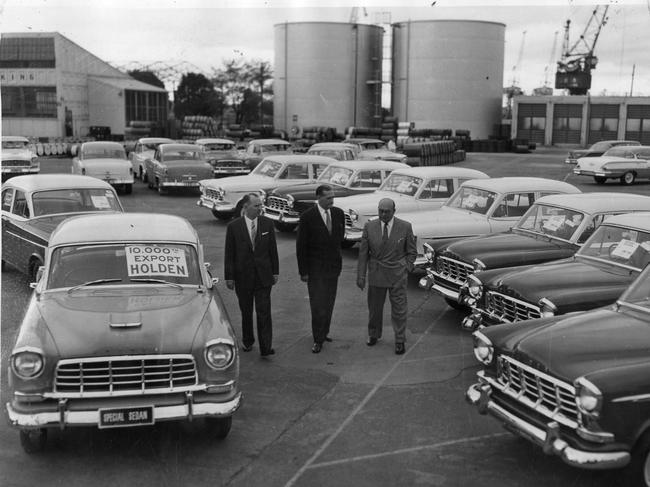
The first Holden ute was released in 1951 and was just as revered as the 48-215 it was based on.
The first Holden exports were shipped in 1954 and in 1957 Holden bought a chunk of land southeast of Melbourne that would go on to become the Lang Lang Proving Ground, a vast network of purpose built roads that would become integral for testing and development of future models.
But it was in the 1960s when Holden really found its mojo.
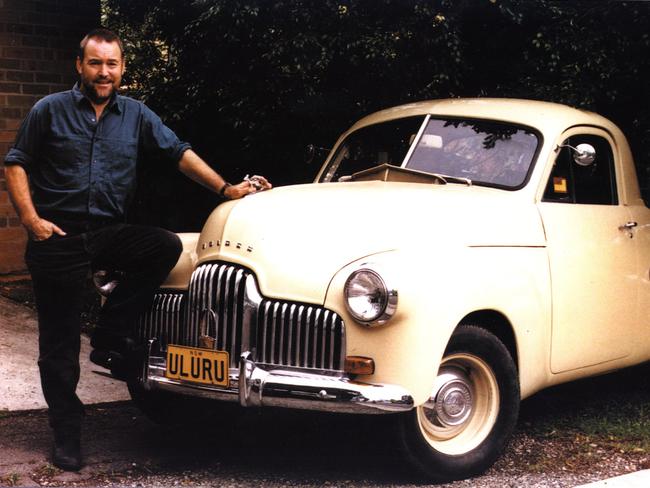

In 1968 Holden’s most famous model, the Monaro, was created – and it featured the brand’s first V8.
The car won on debut at the Mount Panorama endurance race now known as the Bathurst 1000. It was the first of 33 Holden victories in Australia’s most famous motor race – 12 more than arch rival Ford.
The iconic Kingswood arrived in the same year, creating the family car that even inspired a hit TV show.
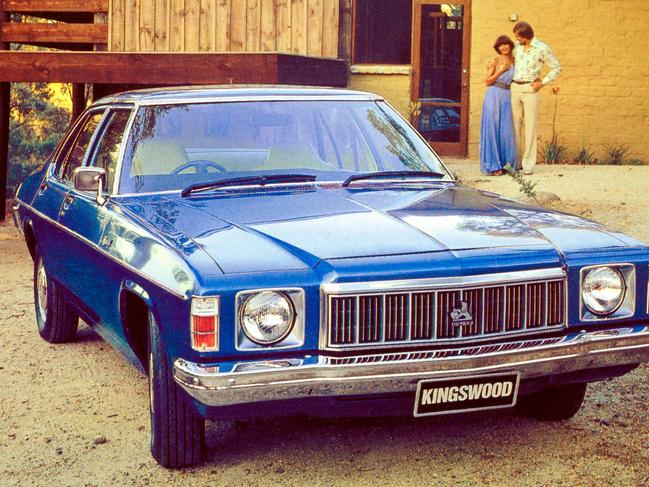
Holdens were getting bigger and more advanced and in 1969 Holden released the radical Hurricane concept car, a visionary supercar that even had a basic magnetic navigation system and a reversing camera.
It was indicative of the innovation oozing from the design and engineering departments at Holden.
So, too, was the Sandman of 1974, a thoroughly Australian take on the ute. Loathed by concerned parents it was loved by young men who could take their home on the road – with room for two.
But Holden also began to think smaller with the Torana that gave Peter Brock the first of nine Bathurst victories in 1972.
That downsizing initially hurt Holden in the sales race when the Commodore arrived in 1978. Created against the backdrop of fuel supply uncertainty, it was outgunned by the larger Ford Falcon.
Holden had misread the market and spent years trying to make it up – all while, fighting to save itself as the market began to open up, forcing Holden to think more broadly.
But throughout the 1980s Holden fought back, boosting the size of subsequent Commodores, which went on to be the brand’s top-selling nameplate.
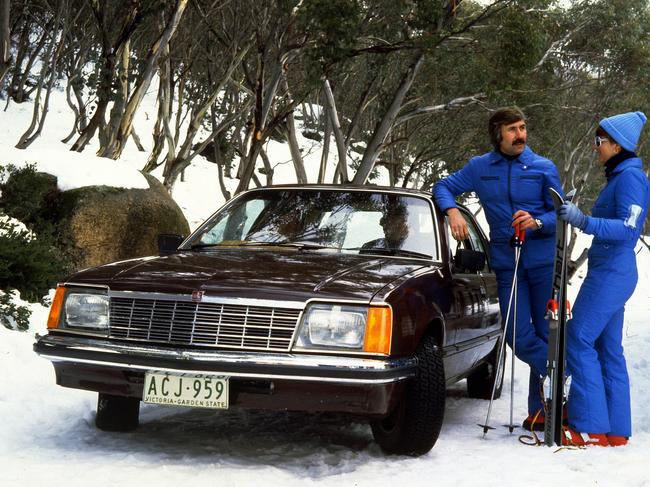
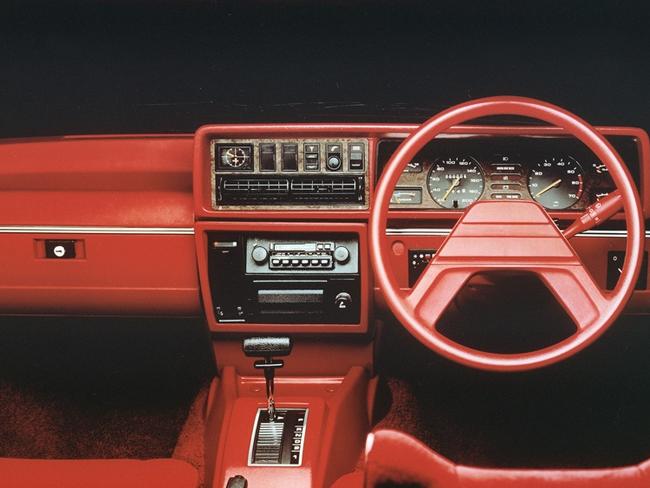

When the VT Commodore arrived in 1997 rival Ford was on its knees and the car was a sales smash.
Holden entered an intense period of model development that spawned myriad model variants based on the Commodore.
There were four-door utes and even a four-wheel drive based on the Commodore wagon. It eventually led to the rebirth of the iconic Monaro, a sports car that was eventually exported to America.
By then Holden had caught the attention of the bosses in Detroit and were increasingly leveraging Holden’s design expertise for global vehicles.
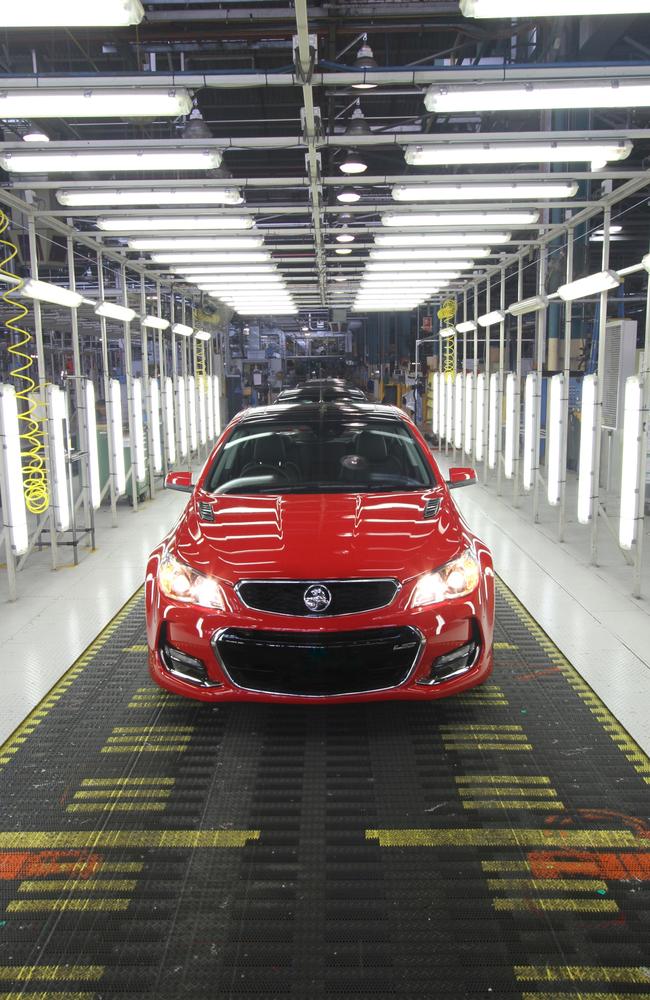
Ironically, the most Australian Holden ever created didn’t arrive until the VE Commodore of 2006.
It was designed and engineered in Australia at a cost of more than $1 billion.
Rather than borrowing components from an existing design it started from scratch, with engines the main component leveraged from elsewhere in the GM world.
The plan was to spawn a string of models and sell them around the world under various General Motors brands, including Pontiac, Chevrolet and even Cadillac.
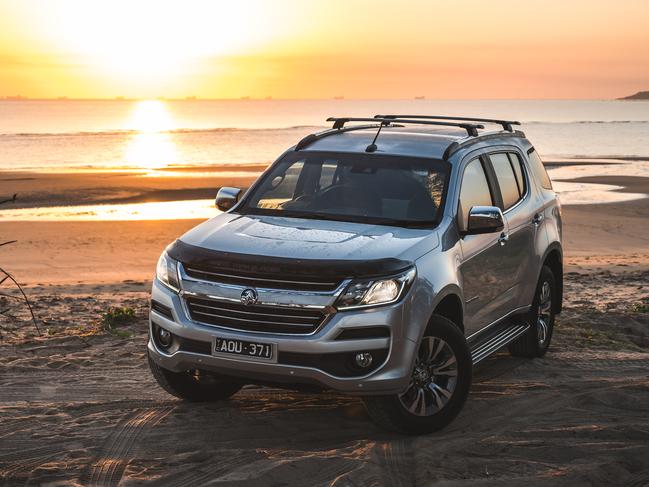

It never happened and despite its excellence the VE succumbed to a large car decline as Australians turned to SUVs.
MORE NEWS:
Aussie GPs’ furore amid contradicting virus advice
Naomi’s gender-free outfit stuns on runway
Aussies to be evacuated from virus-ravaged cruise ship
‘Woefully dishonest’: PM slammed over climate inaction
Some of those planned VE spin-offs were SUVs – the sorts of cars that maybe could have saved Holden. Or, at least, kept things ticking over for a few more years.
By that time parent company General Motors had its own problems and assisting Holden didn’t appear to be high on the agenda.
Holden was very much an afterthought for Detroit.
Toby Hagon co-authored a book Holden: Our Car, 1856-2017 with his father Will.
